The album was made outside of Paris by a bunch of Brits. But on the standout track “Mona Lisas and Mad Hatters,” Elton John and his lyricist Bernie Taupin had the good old US of A on their minds and in their hearts.
Videos by American Songwriter
In particular, they were thinking of their first experiences in New York City. The music John conjured for the track was quite romantic, even if Taupin’s lyrics dared to look with clear eyes at the Big Apple at a time when the city wasn’t always that friendly to strangers.
Going “Mad”
Elton John made a couple of key changes when he made his 1972 album Honky Chateau. First, he decided to record the album not in England, but instead in a former chateau in France that was turned into a recording studio.
He also made the decision to record the entire album with his touring band, taking advantage of the chemistry they’d built up over the past few years. On “Mona Lisas and Mad Hatters,” he only needed two of those players to embellish his piano and vocal work: Dee Murray handled the bass, and Davey Johnstone filled several tracks with mandolin to achieve the fluttery sound on the record.
John and Taupin dearly loved the music coming out of America even before they ever visited the country. But Taupin, who often rhapsodized the American South in John’s early work, painted more of a warts-and-all portrait of New York City, as he explained in an interview with CBC:
[“Mona Lisas and Mad Hatters”] is about our first impressions of New York City in 1970, and if anybody was around in that that period of time they’ll realize that New York wasn’t quite as magical as it was probably presented to the rest of the world. It was a tough place to get along in and we didn’t have a lot of money back then, obviously, when we first visited, so we were staying in really sort of cheap hotels, and eating with very little money in our pockets, playing gigs and getting out. But it had a profound effect on me.”
Exploring the Lyrics of “Mona Lisas and Mad Hatters”
Taupin’s lyrics waste no time telling it like it is about the big city: And now I know / Spanish Harlem are not just pretty words to say. In other words, the narrator, a music fan, can’t quite reconcile the beauty of the song “Spanish Harlem,” made most famous by Ben E. King, with the harsh environment he’s experiencing.
No rose trees in this scenario, just a dog-eat-dog populace scrambling to get ahead: You stand at the edge while people run you through. The narrator’s outsider status is evident as he tries to get on NYC’s wavelength: This Broadway’s got / It’s got a lot of songs to sing / If I knew the tune I might join in.
He sees the disparity of the haves and have-nots all too clearly: Subway’s no way for a good man to go down / Rich man can ride and the hobo he can drown. Even with all that, he meets a few kind souls that redeem the experience for him: And I thank the lord for the people I have found.
In the refrain, Taupin references the elite in their skyscrapers looking down on the cityscape: While Mona Lisas and Mad Hatters / Sons of bankers, sons of lawyers / Turn around and say good morning to the night. Rich and refined though they may be, they don’t imbibe the city’s essence in the same way as those looking up the unforgiving streets: For unless they see the sky / But they can’t and that is why / They know not if it’s dark outside or light.
John and Taupin returned to the scene on the 1988 album Reg Strikes Back with the song “Mona Lisas and Mad Hatters (Part Two),” taking another look at the city from a more mature perspective. But there’s nothing quite like that first impression, and the one these two masters delivered still stands out as one of the most honest, affecting musical homages to New York City.
Photo by Watal Asanuma/Shinko Music/Getty Images

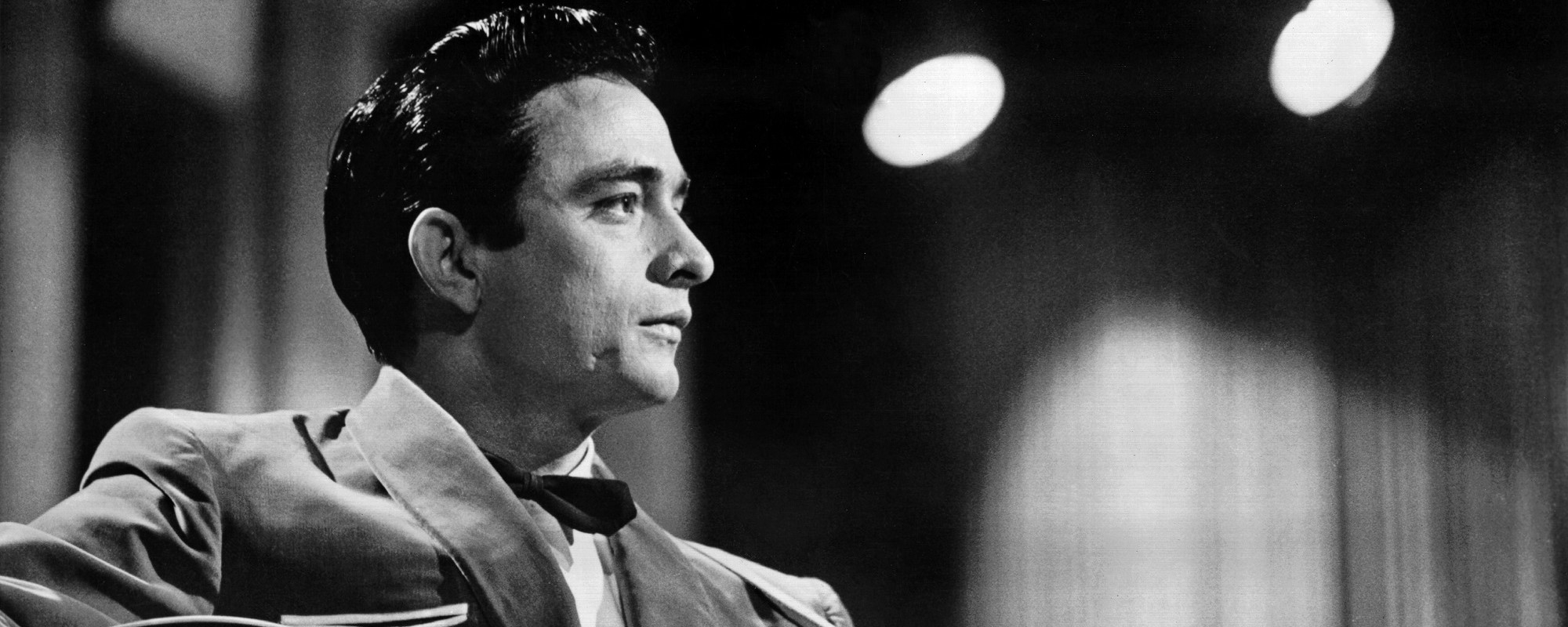
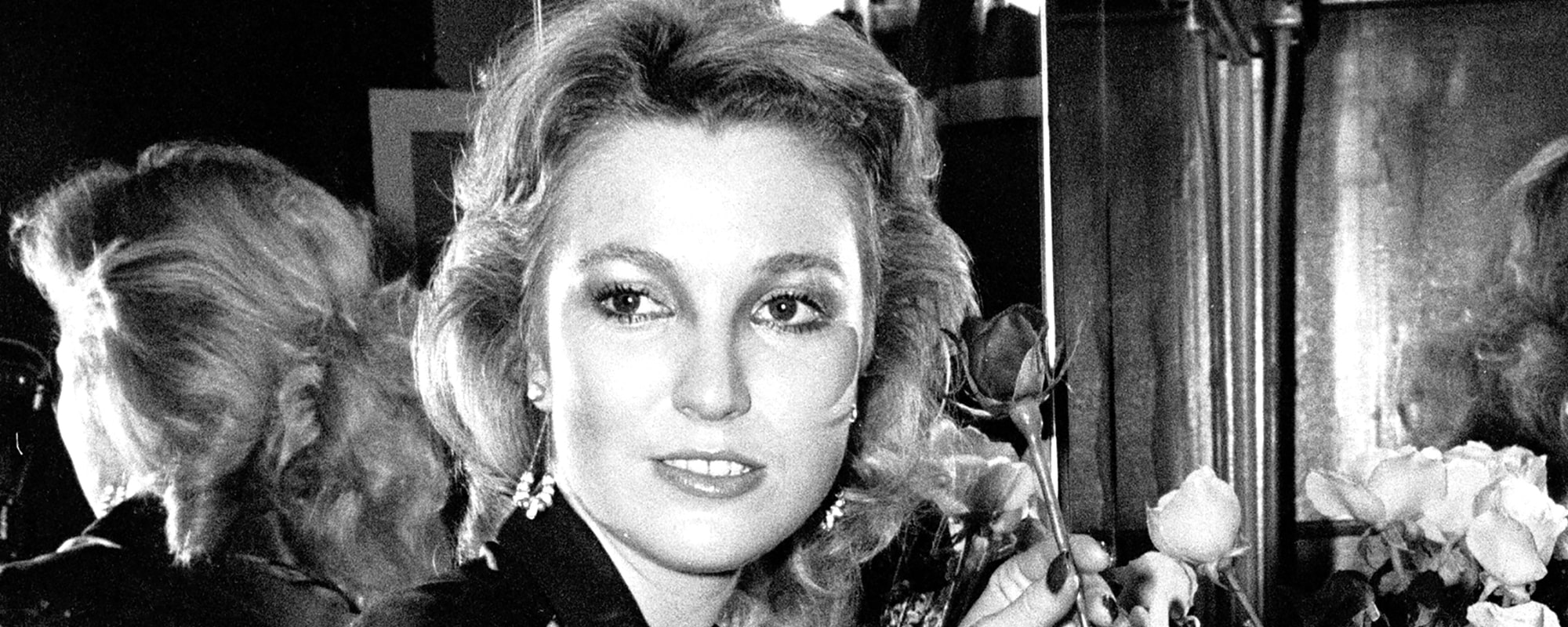
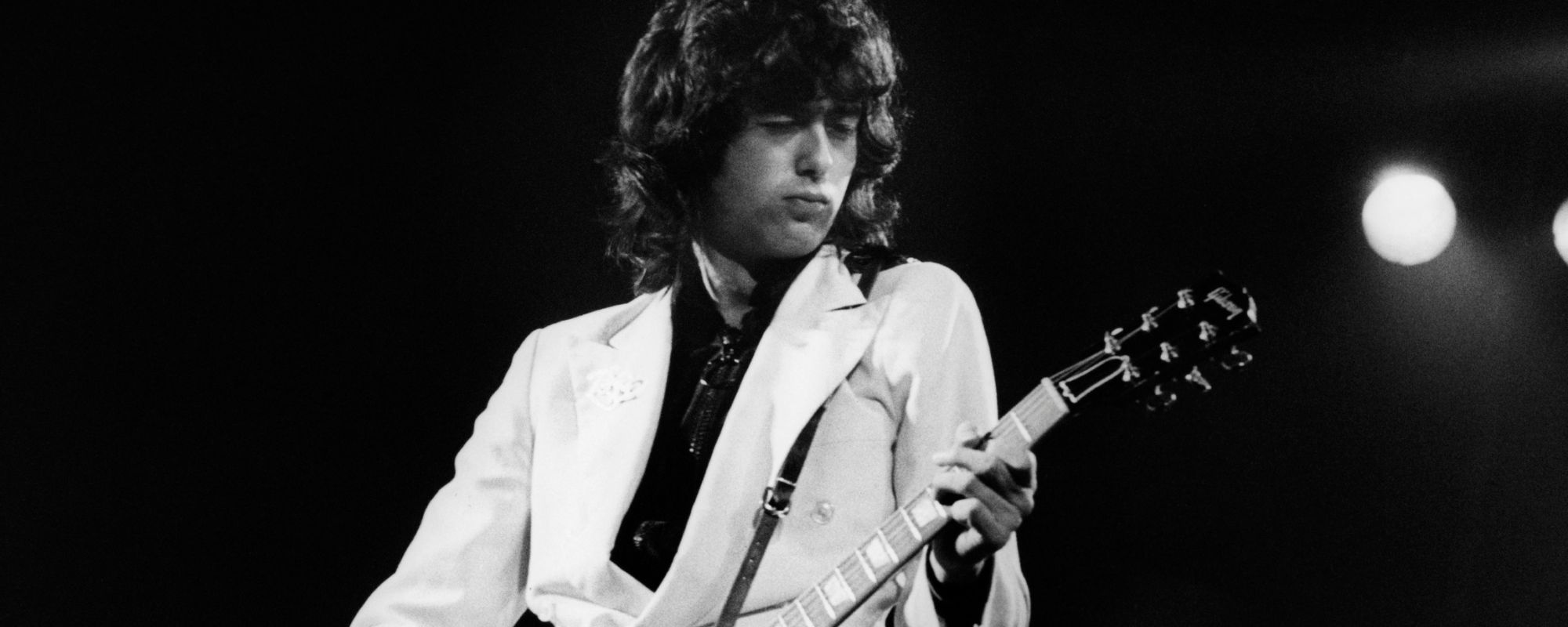
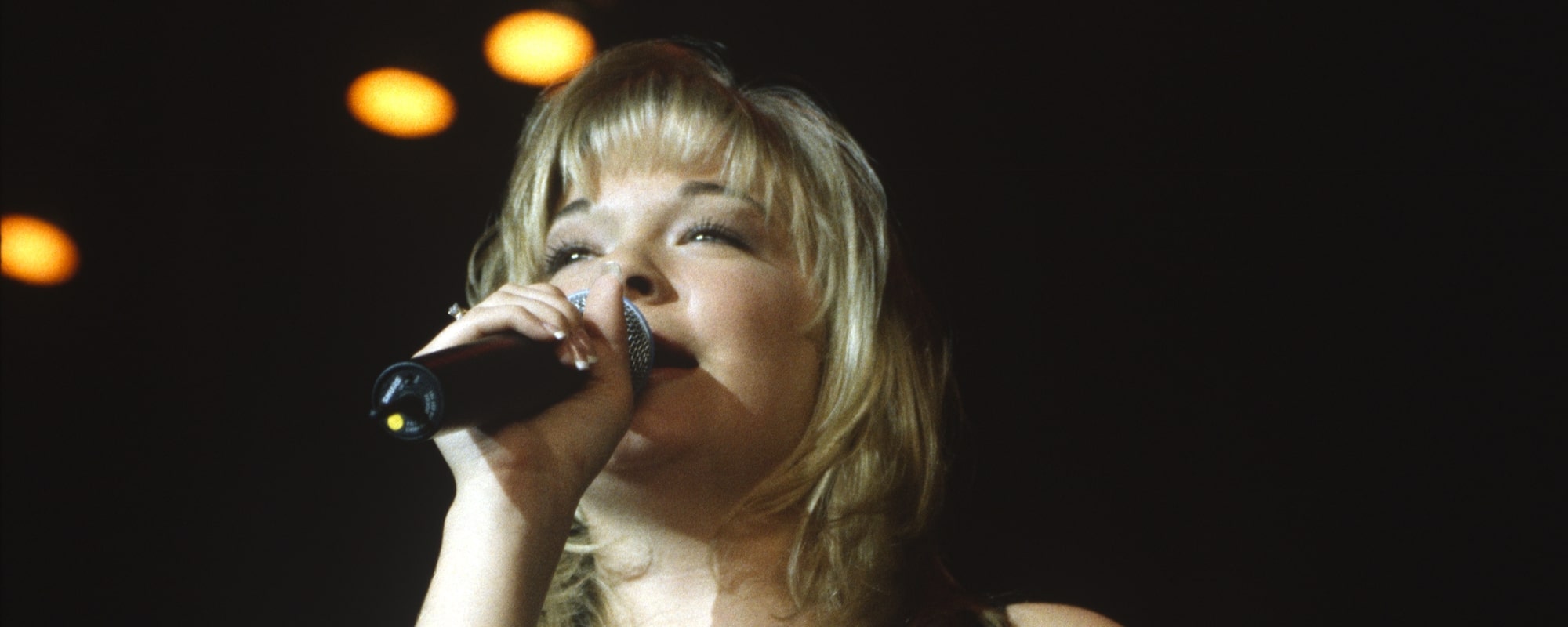
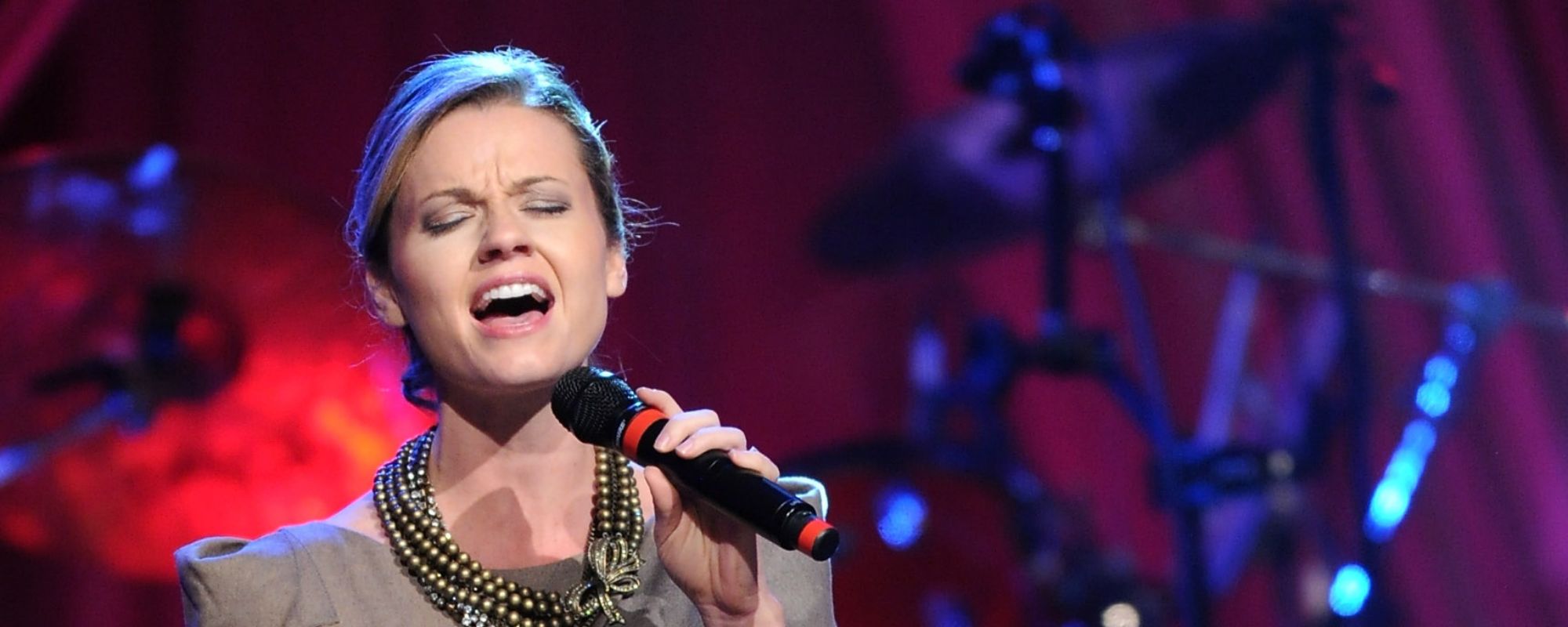
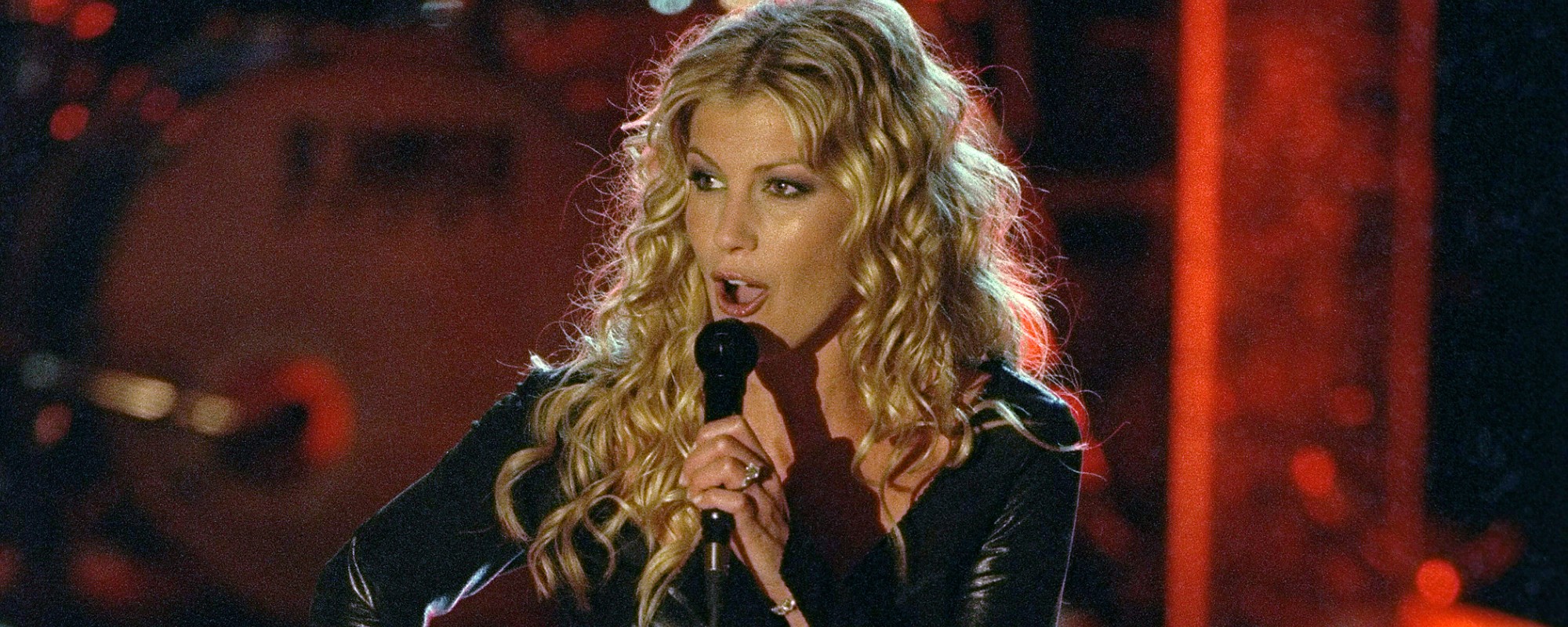
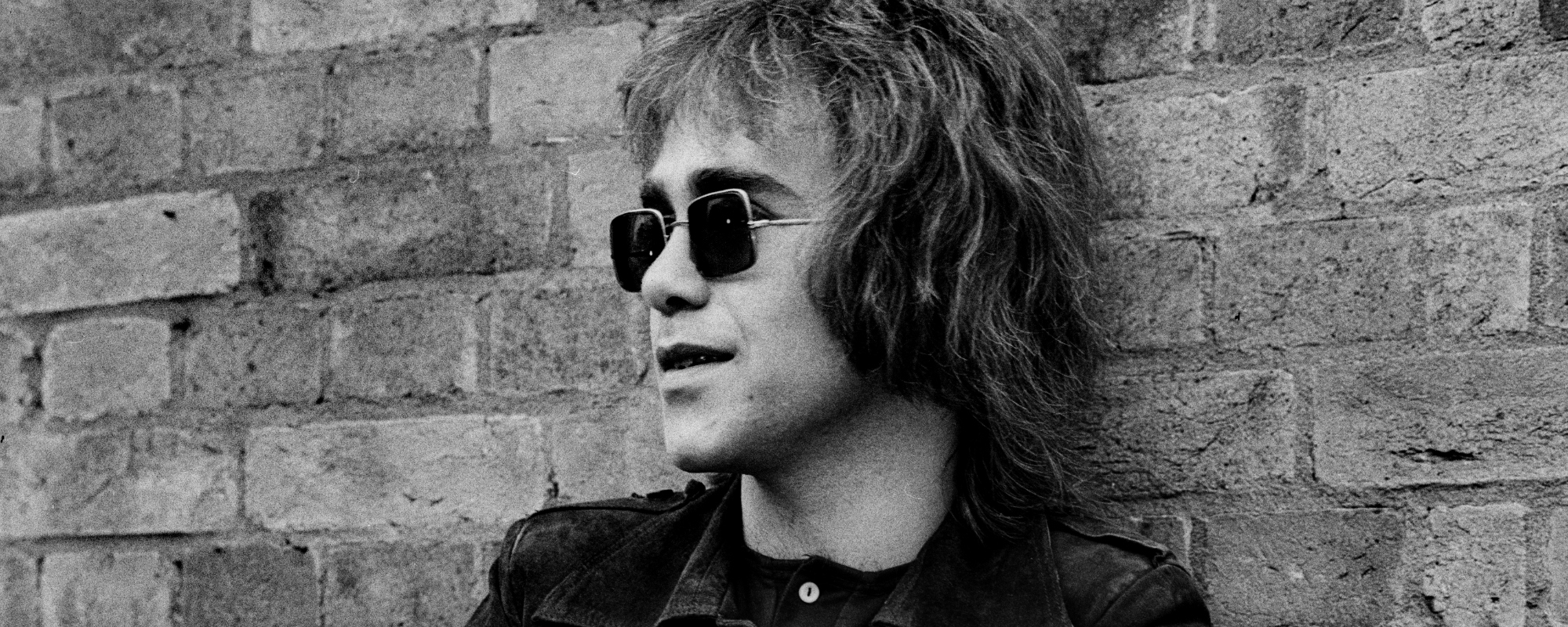
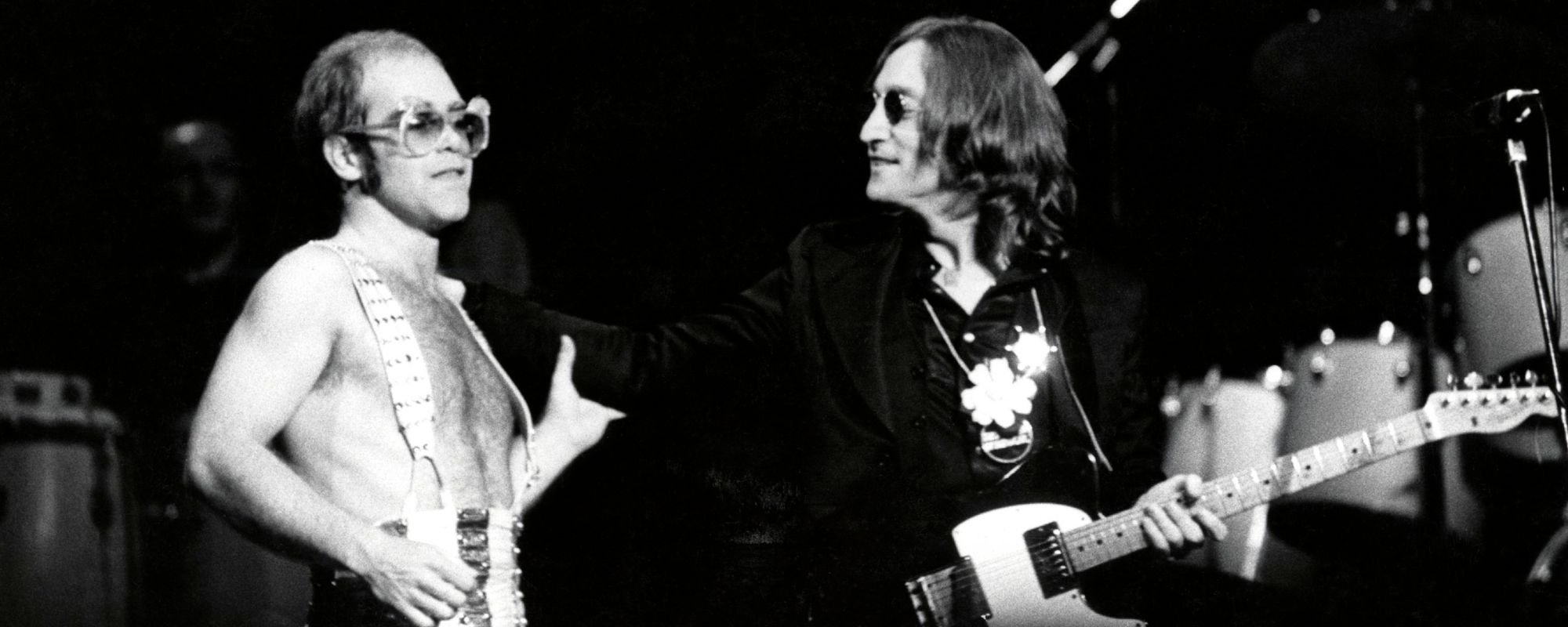
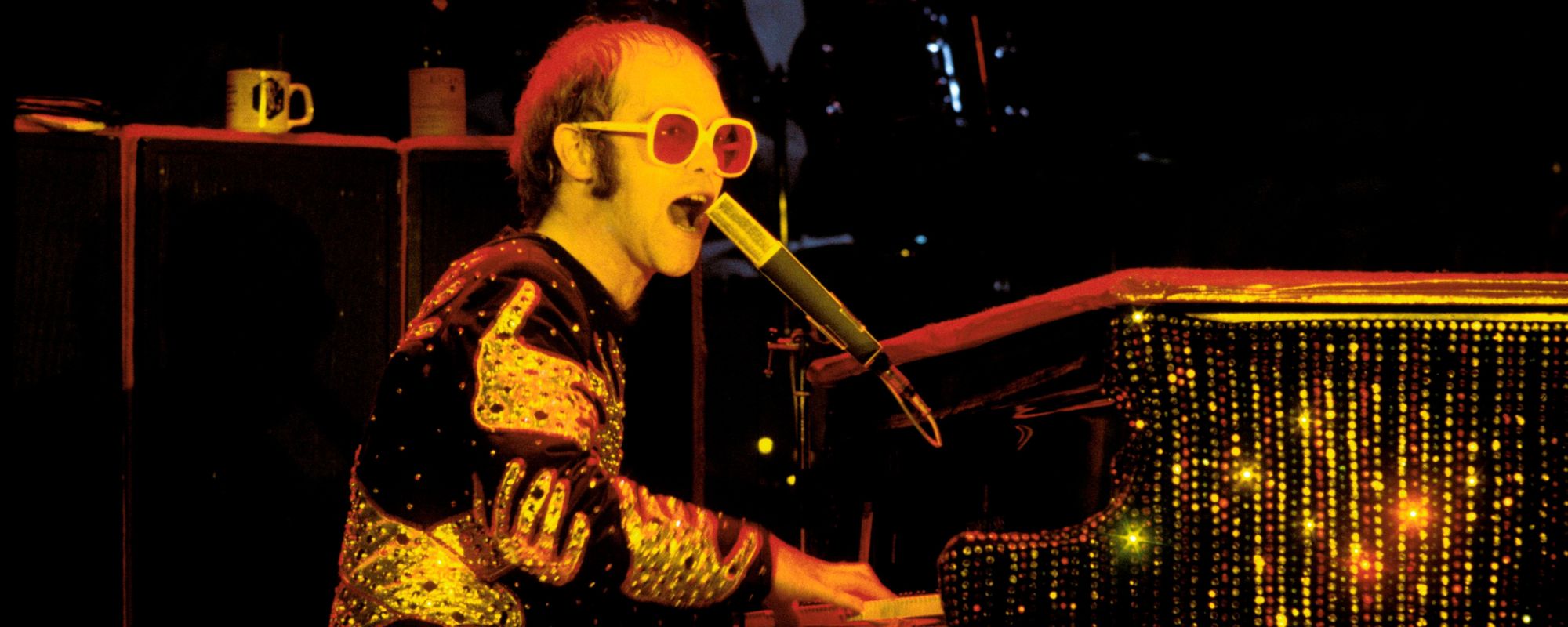



Leave a Reply
Only members can comment. Become a member. Already a member? Log in.